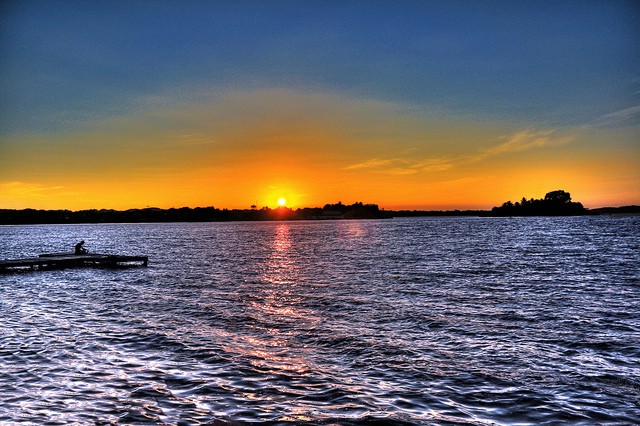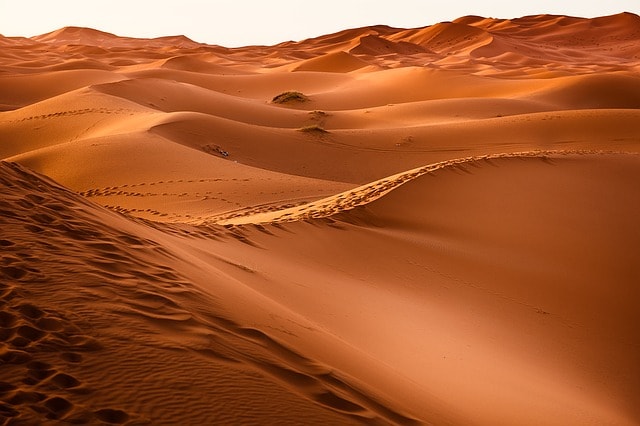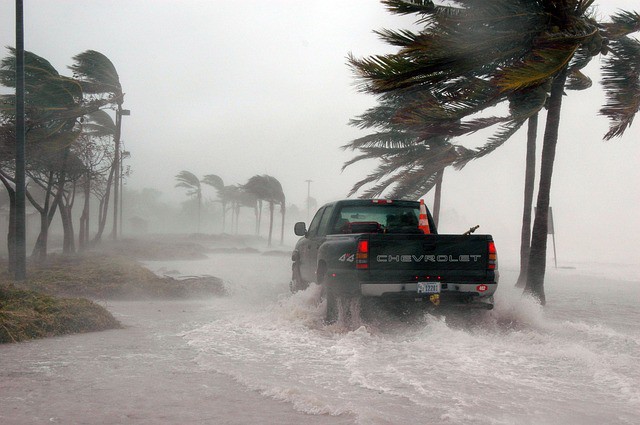What are Natural Resources, Types and Threats to Natural Resources

Natural resources refer to the things that exist freely in nature for human use and don’t necessarily need the action of mankind for their generation or production. The key aspect of natural resources is that they dictate the survival of humans and other life forms on earth. These resources include land, rocks, forests (vegetation), water (ocean, lakes, streams, seas, and rivers), fossil fuel, animals (fish, wild life, and domesticated animals), minerals, sunlight and air.
Some examples of natural resources are: air which provides wind energy, Coal which act as an input for electricity, forests which provide paper, wood and various medicines, Water which is used for drinking and production of hydroelectric energy, sunlight that is used for drying clothes, photosynthesis and solar energy.
They are known as Natural Resources because they provide for the basis of life on earth. It is from the natural resources that humans obtain and produce the components and materials found within our environments. Every artificial product is made from the natural resources. The materials may be used as they occur naturally or may be transformed in other forms.
However, most natural resources are prone to depletion and degradation which has brought about worldwide concerns for their sustainable usage and management. Still, there are other very few resources that are regarded to be inexhaustible such as sunlight and geothermal energy. Air is also inexhaustible but it has to be free from pollution. Natural resources are categorized in various categories as outlined and discussed below.
Wikipedia defines Natural Resources as,
“Natural resources are resources that exist without the actions of humankind. This includes all valued characteristics such as magnetic, gravitational, and electrical properties and forces. On earth we include sunlight, atmosphere, water, land, air (includes all minerals) along with all vegetation and animal life that naturally subsists upon or within the heretofore identified characteristics and substances.“
Types of Natural Resources
- Renewable and Non-renewable Natural Resources
a. Renewable natural resources
Renewable resources are the ones that are consistently available regardless of their use. They can be fairly recovered or replaced after utilization. Examples include vegetation, water, and air. Animals can also be categorized as renewable resources because they can be reared and bred to reproduce offspring to substitute the older animals.
As much as these resources are renewable, it may take tens to hundreds of years to replace them. The renewable raw materials that come from living things namely animals and trees are termed as organic renewable resources while those that come from non-living things such as sun, water and wind are termed as inorganic renewable resources.
b. Non-renewable natural resources
Non-renewable resources are the ones that cannot simply be substituted or recovered once they have been utilized or destroyed. Examples of such natural resources include fossil fuels and minerals. Minerals are categorized as non-renewable because, even though they take shape naturally through the rock cycle, their formation periods take thousands of years. Some animals mostly the endangered species are similarly regarded as non-renewable because they are at the verge of extinction.
It brings about the many reasons the endangered species have to be protected by all means. The non-renewable materials that come from living things such as fossil fuels are known as organic non-renewable resources while those that come from non-living things such as rocks and soil are referred to as inorganic non-renewable resources.
- Biotic and Abiotic Natural Resources
a. Biotic natural resources
The Biotic natural resources are the ones that come from the ecosphere (organic and living materials). These include resources such as animals, forests (vegetation), and other materials obtainable from them. Fossil fuels such as petroleum, oil, and coal are also included in this grouping because they are generated from decayed organic matter.
b. Abiotic natural resources
The abiotic natural resources are the ones that come from non-organic and non-living materials. Examples of abiotic natural resources are water, land, air and heavy metals like iron, copper, silver, gold, and so on.
- Stock Natural Resources
Stock natural resources are those that are present in the environment but t the necessary expertise or technology to have them exploited. Hydrogen is an example of a stock natural resource.
Threats to Natural Resources
- Overpopulation Which Brings About Over-exploitation
As the human population keeps on enlarging, there is a lot of pressure on the utilization of almost all natural resources. This often causes over-exploitation of the natural resources. To worsen matters, exhaustible natural resources such as arable land, coral reefs, fresh water, fossil fuels, and wilderness forests drop sharply due to over-exploitation to sustain the ever increasing population. This creates competitive demands on the vital life-sustaining resources and contributes to an incredible decline in the quality of life.
According to a study by the UNEP Global Environment Outlook, excessive human consumption of the naturally occurring non-renewable resources can outstrip available resources in the near future and remarkably depletes them for future generations. Overpopulation typically heightens the demands of natural resources such as food, timber, fish, clothes, leather, natural gas, electrical equipment and so on.
- Intensive Agricultural and Farming Practices
Intensive agricultural practices have claimed much space of the natural resources because farmers resort to converting forests and grasslands to croplands. In the modern world, the pressure to convert lands into resource areas for producing priced foods, crops, and livestock rearing has increasingly led to the depreciation of natural resources especially forests, wild life and fertile lands. Runoff of agricultural waste, fertilizers, and pesticides into marine and freshwater environments has also negatively threatened various natural crop species, natural water resources and aquatic life.
- Climate Change and Global Warming
The severe changes in climate patterns as a result of human activities and overpopulation that generate greenhouse gases and carbon footprint in the atmosphere threatens biodiversity as well as other numerous natural resources. Species that have acclimatized to specific environments are highly affected as the climate change and global warming alters the favorable survival conditions.
The profound effect of climate change and global warming is habitat loss to an extent of threatening biodiversity and the survival of species. For instance, wildlife that requires cool temperatures of high elevations such as the rock rabbit and mountain gorillas may in the near future run out of habitat due to global warming.
- Environmental Pollution
The majority of natural resources have been destroyed and a large portion is under immense threat due to the toxic substances and chemicals emitted from industries, homemade utilities, and agricultural products among other processed materials. Land, air, and water pollution pose long-term cumulative impacts on the natural resources and the quality of the environments in which they occur.
Seriously polluted natural resources have become obsolete in value because pollution makes it harsh for the sustainably of biotic and abiotic components. Pollution impacts the chemical compositions of lands, soil, ocean water, underground water and rocks, and other natural processes. A good example is an acidic lake which cannot support aquatic life forms.
- Land Use and Development
The conversion of lands into urban settings, housing development projects, office spaces, shopping malls, industrial sites, parking areas, road networks, and so on takes away the naturally occurring land that provided habitat for wildlife and other living organisms. This practice has substantially led to the loss and destruction of millions of acre of natural habitable environments.
- The 20th Century Lifestyle
Human lifestyle in the 20th century tremendously threatens the sustainability of natural resources. In this era, humans demand more comfortable living in terms of education, entertainment, recreation, transport, clothing, and shelter which will demand use of more resources and more production. Accordingly, it simply means more industrial processes which will definitely demand more energy, more natural resources and more raw materials. The solution is adopting a sustainable lifestyle.







